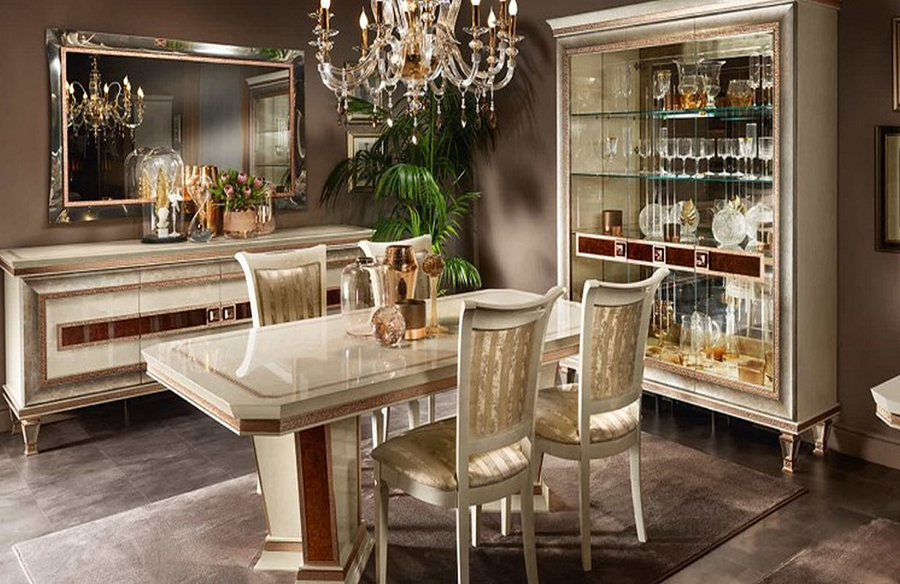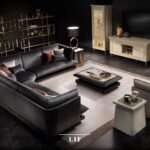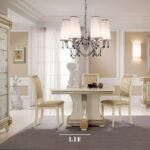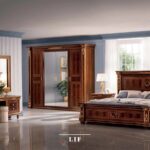When envisioning the style and color palette for an interior space, careful consideration of various elements is essential. These include the structural characteristics of the room, such as its shape and size, the level of brightness determined by factors like exposure to sunlight and the number of windows, and the intended function of the room, whether it’s a living area, sleeping space, or service area. Ignoring these factors when selecting the guiding colors for a room is not advisable. Additionally, limitations such as pre-existing elements in the home, including floors, walls, and fixtures, may influence the choice of color palette, especially in cases where a total renovation is not feasible.
While these considerations provide a framework for making stylistic and color choices, personal taste should not be overlooked. Finding a balance between practical considerations and personal preferences is key when choosing colors for interior design projects. In this article, we’ll explore the theoretical basics of color characteristics and delve into practical strategies for selecting the most suitable palette and color scheme for different interior design projects.
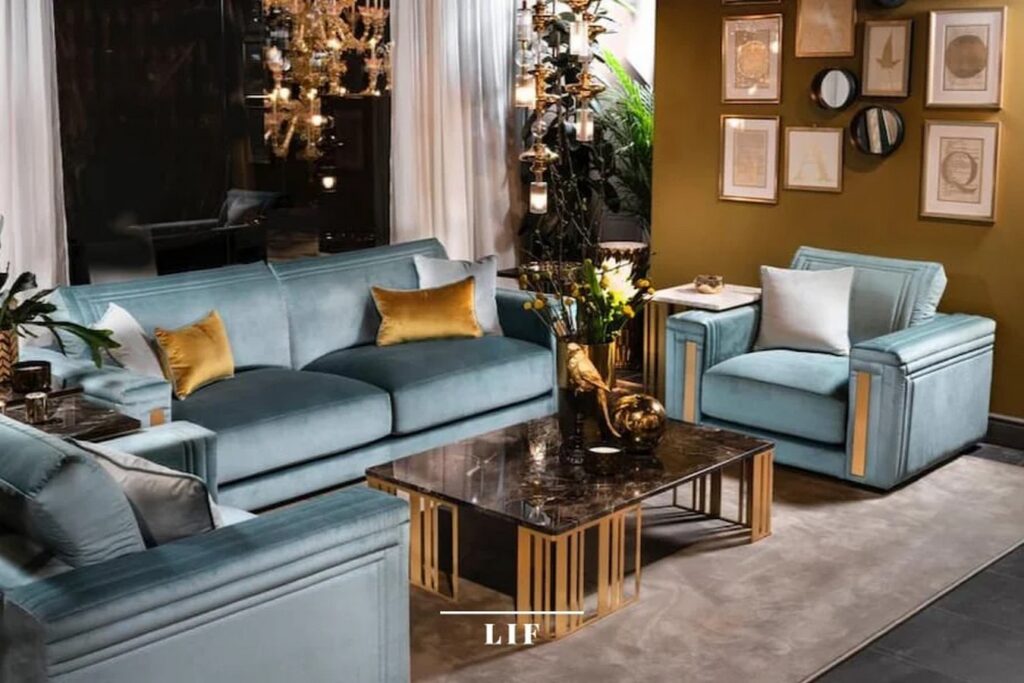
Choosing the Right Color Palette: Itten’s Color Circle
Johannes Itten’s color circle serves as a theoretical basis for selecting a color palette for various rooms in a home. Itten, a Swiss painter and designer, not only classified colors but also analyzed their physical and chemical properties to understand their effects on human perception. Through his research, he identified how different hues evoke specific emotions and moods.
Itten’s color circle is structured around primary, secondary, and tertiary colors, each positioned in relation to one another based on their combinations. Understanding this structure provides insights into mixing and modulating colors to achieve harmonious combinations or striking contrasts, depending on the desired ambiance of a room.
Warm and Cool Colors: Distinguishing Characteristics
Warm colors such as yellow, red, and orange evoke feelings of warmth, energy, and vitality, reminiscent of sunlight and fire. These hues are often associated with passion, joy, and conviviality, making them ideal for living areas and sunlit rooms. In contrast, cool colors like blue and green induce a sense of calmness, tranquility, and relaxation, making them suitable for spaces like bedrooms intended for rest and relaxation.
Choosing Between Warm and Cool Colors
The choice between warm and cool colors depends on various factors such as the size and brightness of the room. While warm colors create a cozy and inviting atmosphere, they may not be suitable for small or poorly lit spaces, where lighter and brighter colors like white and ivory are preferred to create a sense of spaciousness and luminosity.

Color Schemes in Interior Design
Interior design identifies four main color schemes to enhance a room:
- Monochrome Scheme: Based on a single hue, this scheme relies on nuances and contrasts to create understated elegance.
- Complementary Scheme: Involves pairing complementary colors, creating bold contrasts for eye-catching effects.
- Analogous Scheme: Features three colors adjacent to each other on the color wheel, creating a harmonious and calming ambiance.
- Contrasting Scheme: Utilizes colors equidistant from each other on the color wheel, creating dynamic and lively compositions.
Creating Balance with Color
The ’60-30-10′ rule in interior design guides the allocation of color percentages in a room: 60% for the main color, 30% for a secondary color for depth, and 10% for an accent color to enhance contrast. Balancing these colors ensures a cohesive and visually appealing space.
Choosing the Right Colors for Your Project
The style you want to achieve, whether classic or modern, influences color choices. Neutral colors like white, ivory, and beige are ideal for classic styles, while more vibrant hues are suitable for modern aesthetics. By carefully selecting colors that complement each other and align with your desired style, you can create an ambiance that reflects your taste while achieving elegance and harmony in your interior design project.
